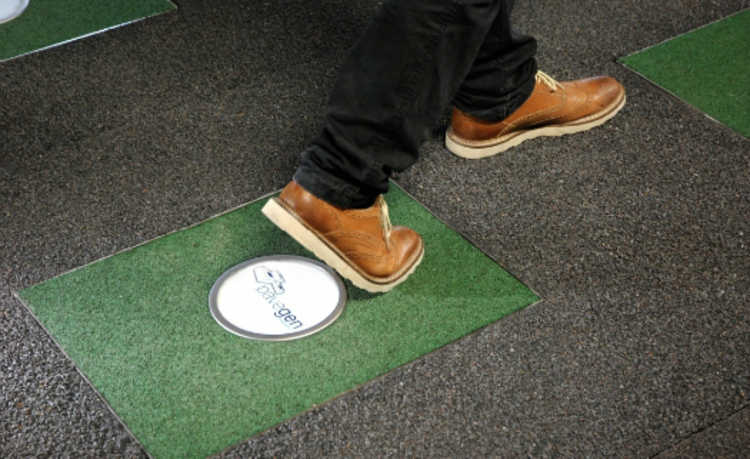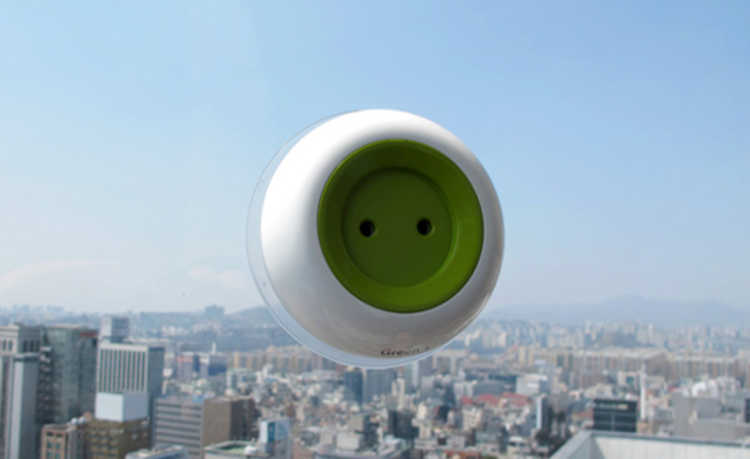What is tampon allergy and how to treat it
Absorbent allergy can cause unpleasant symptoms such as itching, swelling and redness.

Edited and resized image of Nastya Petrova is available on Unsplash
Absorbent allergy can present unpleasant symptoms such as itching, swelling and redness. This type of discomfort, most of the time, is caused by the disposable absorbent, because it is the most used material.
Disposable pad allergy can be caused by the pad's components or a combination of moisture and heat, which contribute to the growth of bacteria. Regardless of the cause, there are ways to alleviate the problem with compresses and less harmful alternatives like the menstrual cup and organic cotton cloth absorbent.
- Menstrual collector: advantages and how to use
- Organic cotton: what it is and its advantages
What causes allergy?
Most rashes caused by using a disposable absorbent pad are the result of contact dermatitis. Contact dermatitis of the vulva is known as vulvitis.
Disposable absorbent is made of several layers of different materials with the potential to irritate the skin. These materials can include:
back sheet
The backsheet of an absorbent is usually made of compounds called polyolefins.
Absorbent core
The absorbent core is generally between the backsheet and the frontsheet. It is made of absorbent foam and cellulose, a highly absorbent material. Sometimes it can also contain absorbent gels.
front sheet
The front sheet of an absorbent pad is the one that comes in most contact with the skin. Examples of components of these sheets include polyolefins as well as zinc oxide and petrolatum, which are often used in skin moisturizers.
- What is petrolatum?
Sticker
The patches are on the back of the pad and are used to secure it to underwear. Some are prepared with glues similar to those found in craft glue sticks.
fragrances
In addition to these components, some manufacturers may add fragrances to the absorbent. Some skin types may be sensitive to the chemicals used to give fragrance. However, most absorbents have fragrance in the core portion of the absorbent. This means that the scented core is unlikely to come into contact with the skin.
glyphosate
Although there are few studies regarding the effects of glyphosate on the vulva, some preliminary analysis has shown that glyphosate present in diapers can end up in the bloodstream of children. This pesticide, widely used in cotton planting (which serves as a raw material for the absorbent) is also present in disposable absorbents. Depending on the form of exposure, glyphosate can be fatal. Studies are needed to investigate the effects of this herbicide in contact with the vaginal mucosa. Understand this theme better in the articles: "Disposable diapers: know dangers, impacts and alternatives" and "Glyphosate: herbicide widely used can cause fatal diseases".
Although rash and allergic irritation can occur, it is usually rare. One study calculated an estimated 0.7% of rashes due to allergy to an adhesive present on sanitary pads.
In addition to dermatitis caused by the components of the disposable pad itself, friction caused by using an absorbent pad has the potential to irritate sensitive skin and cause rashes.
How to prevent and treat absorbent allergy?
It may take some trial and error to treat a rash caused by a tampon. And the ideal is to cease use.
- Use unscented sanitary pads made only from organic cotton;
- Wear loose cotton underwear to reduce friction;
- Try using a different brand;
- Test the menstrual cup, cloth pad and menstrual panties;
- Make a sitz bath with baking soda (learn how to do in the article: "Sitz bath with baking soda fights infections";
- Change pads frequently to prevent them from getting wet and increasing the risk of irritation.
Treat any absorbent allergies as soon as you notice. Untreated skin rashes can lead to yeast infection such as thrush.
- Candidiasis: know causes, symptoms, types and know how to treat
How soon does it improve?
Skin rashes caused by chafing can go away within two to three days if treated as soon as you notice symptoms. Untreated rashes can become more severe and take longer to heal.










